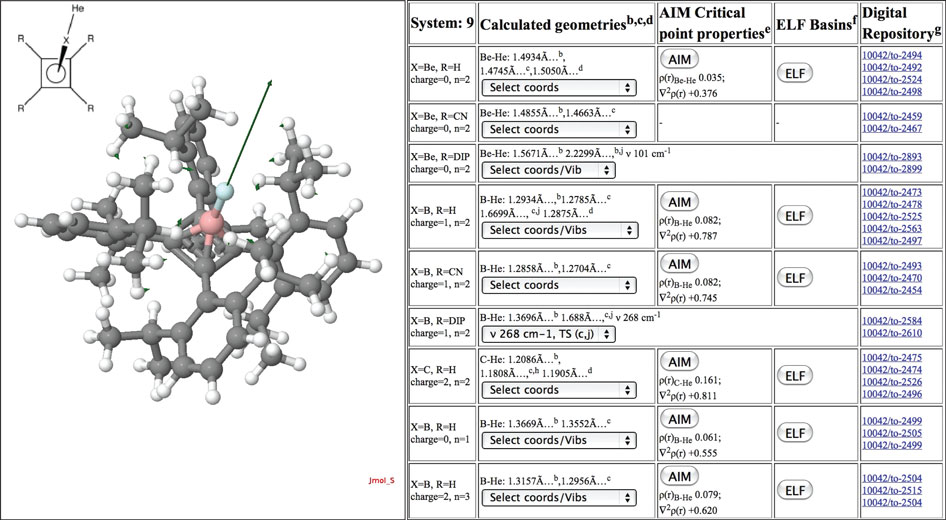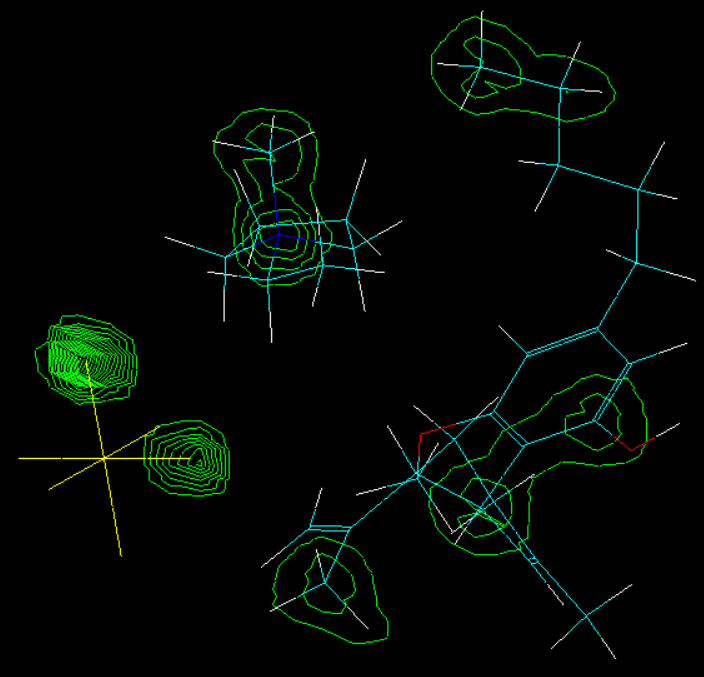
Databases of atomic and molecular properties
Great advances have been made especially in the last decade in terms of computational power of clouds. This increase has made possible to perform calculations and accumulate knowledge corresponding to whole decades of experimental research on atomic and molecular properties. Such computational results are highly valuable both to the scientific academic community and entrerprise community. Such knowledge exceeds all known properties up to date, derived by experimental work.
This field is of particular financial importance, even for 'slow' countries and organizations. Such properties are used to create databases incorporated into computational chemistry tools or into chemistry, physics and biology textbooks and e-books. Newly created compounds can have their properties estimated before being manufactured, and specific solutions can be suggested involving still undiscovered [experimentally] molecules. This area of research is expected to evolve into a huge knowledge stock market. Pioneers and organizations investing in properties prediction and recording will be highly rewarded into the near future. Various organizations, academic institutions and individuals have contributed to the creation of modern, accurate databases of atomic and molecular properties based on computational chemistry approaches. These properties are of great value since they reveal potential uses and applications, even for materials that have not even been discovered yet. Such cases are Graphene structure that had been predicted before it was synthesized, carbon nanotubes, quantum dots, hexagonal boron nitride, boron nitride nanotubes, and others. One such field is the Ionic Liquid science; Ionic Liquids are known also as 'molten salts' and they are salts that are viscous liquids at ambient temperatures. Their discovery led to a huge amounts of applications due to their:
> negligible vapour pressure
> unlimited number of potential combinations
> extreme affinities towards target molecules
> design ability

Currently, more than 22 millions of Ionic Liquids have been mentioned in the literature. It is clear that no one is capable of experimentaly predicting all of their properties; however, by utilizing computational chemistry tools [theoretical chemistry], all of their properties can be accurately calculated. See our relevant work here.
Prediction of properties and properties database creation follows the following steps:
> Building of the atomic/ molecular model using a chemical drawing tool [most computational chemistry packages include such drawing capabilities - HyperChem, Spartan, Gauss, etc]
> Setting up the theoretical approach [scientific principles]; These range from the experimental accuracy Ab Initio and Density Functional Theory to the extremely fast Molecular Mechanics and Semi Empirical approaches
> Running structure optimization calculations using various algorithms
> Calculating all properties [chemical, physical, structural, electronic] based on the optimized structures
> Creation of the database
